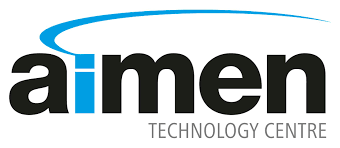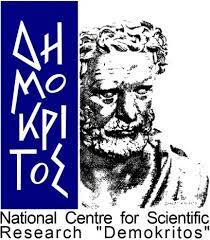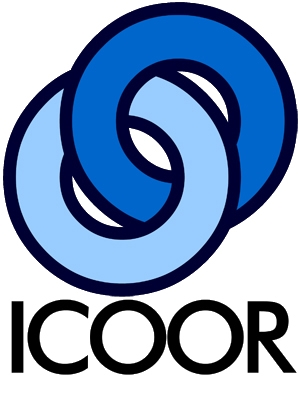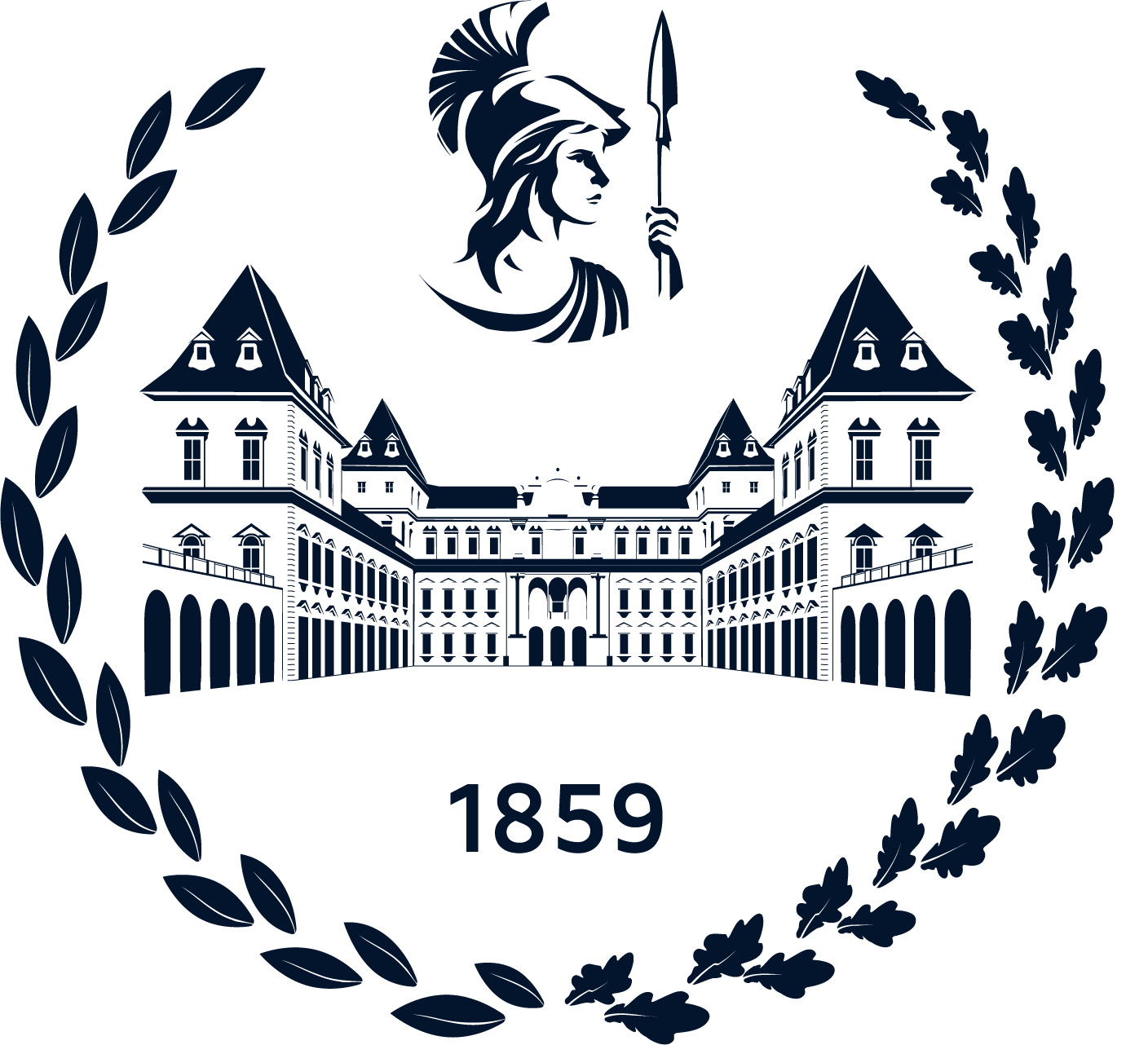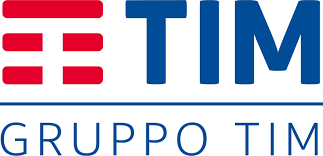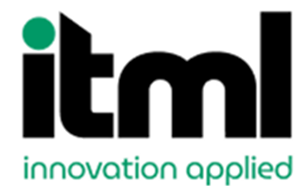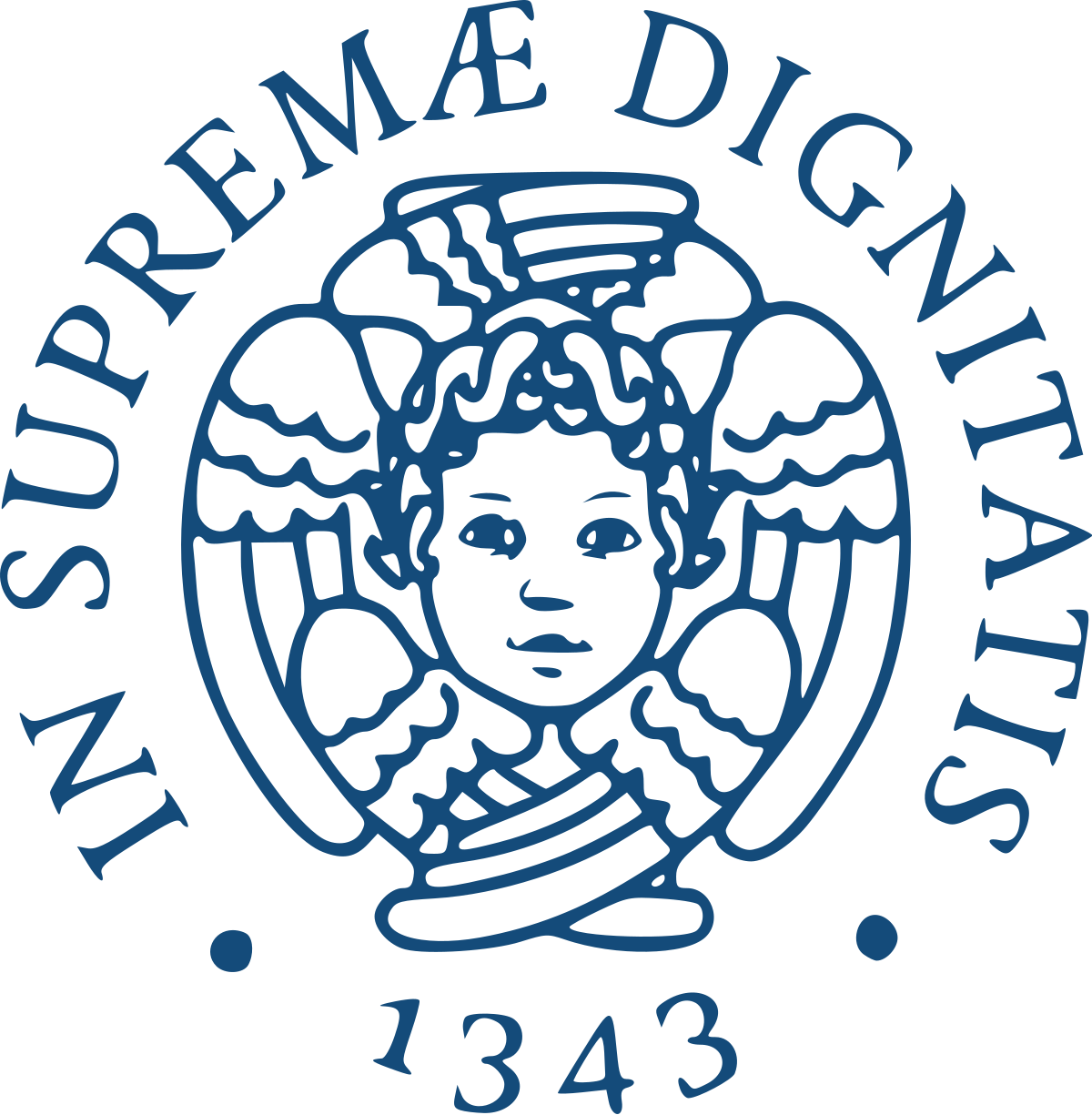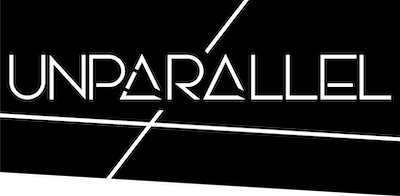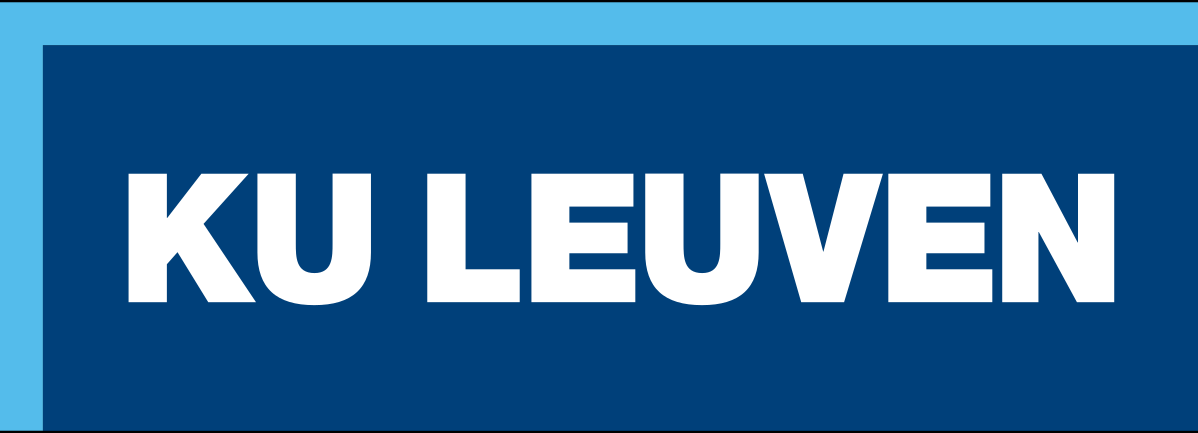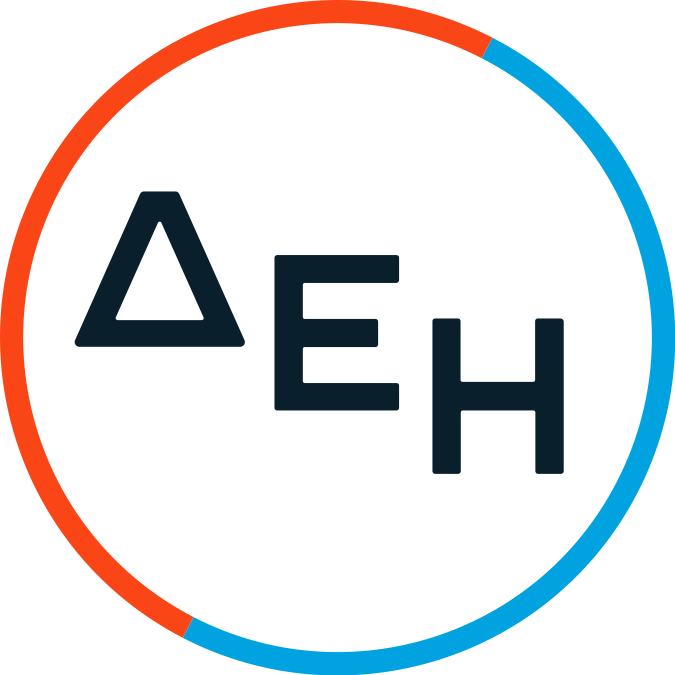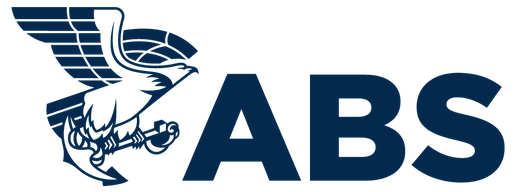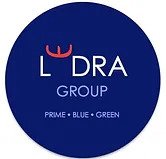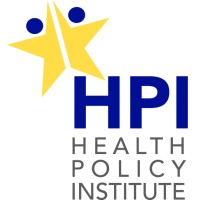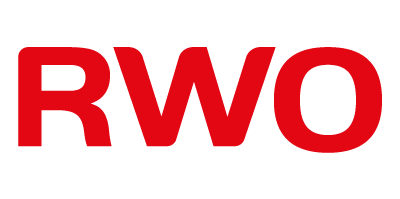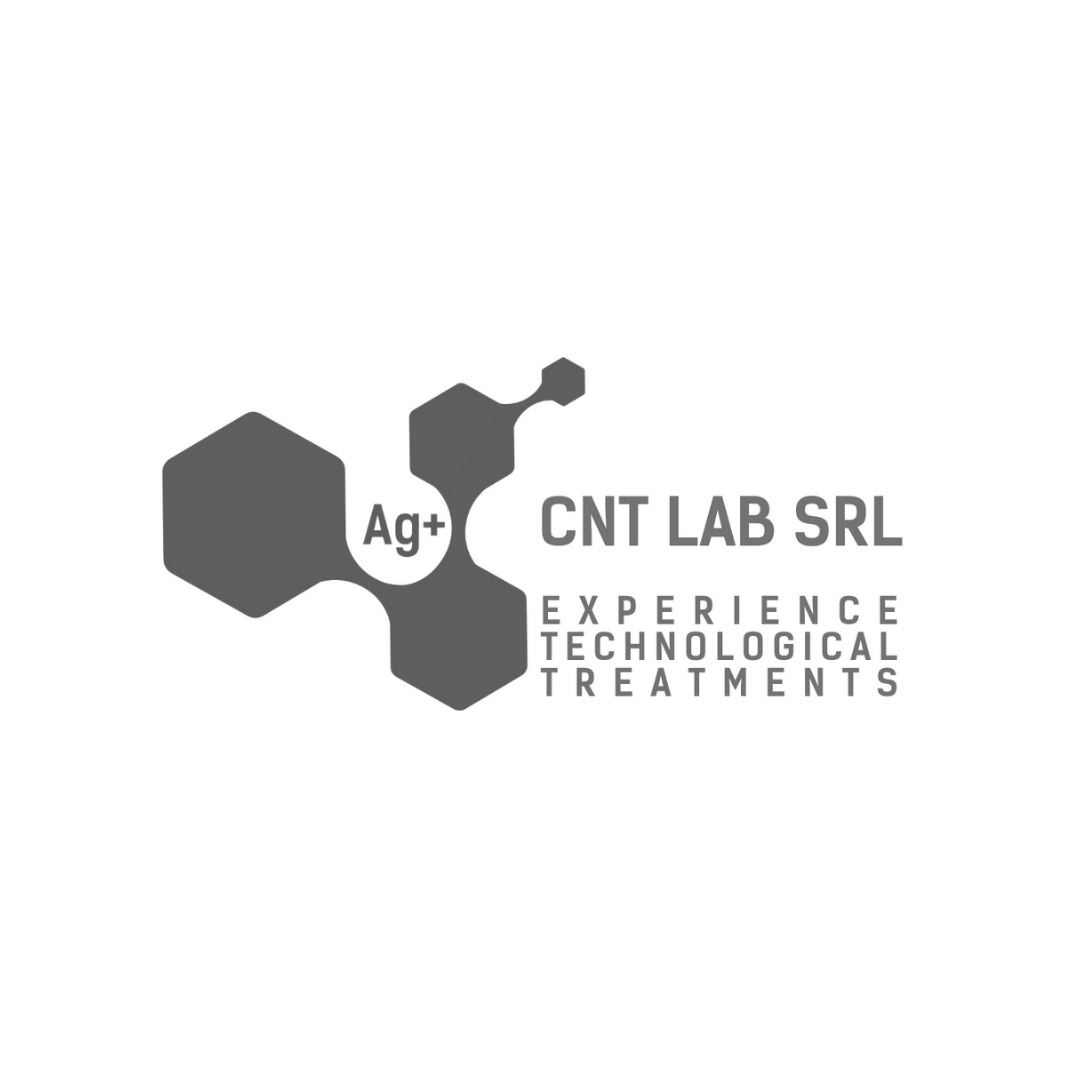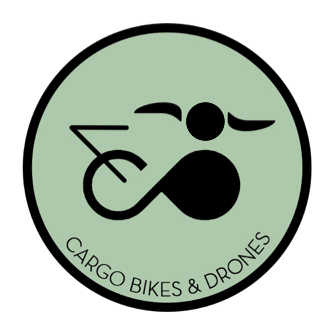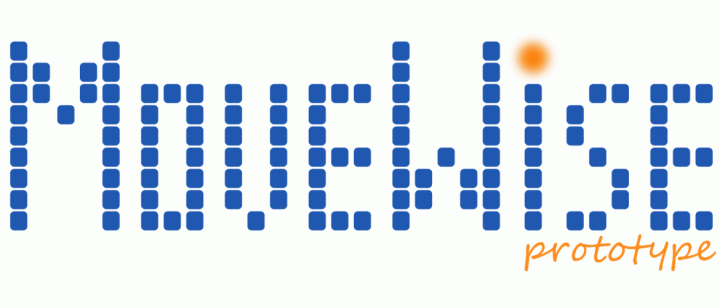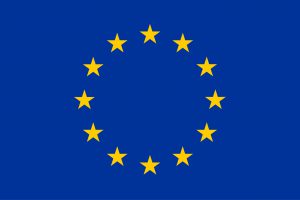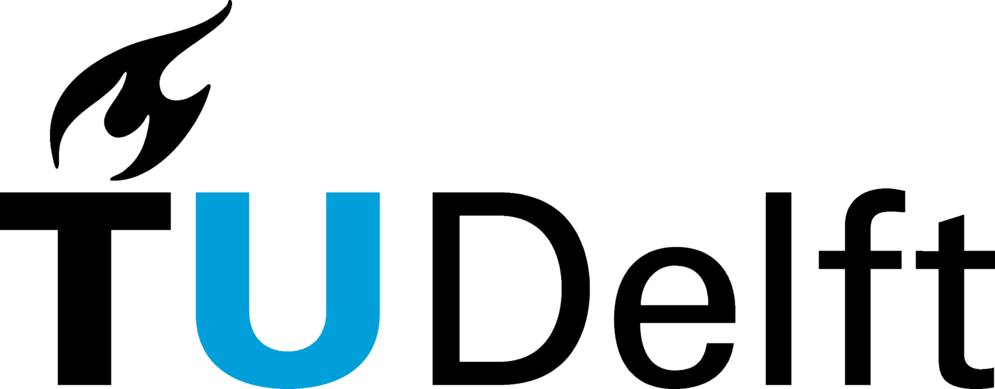SMART PUMPS
Abstract
Smart-Pumps (Sustainable Multi-Functional and Recyclable Heat Pumps) aims to revolutionize heat pump technology by optimizing both the design and manufacturing processes to enhance efficiency, sustainability, and performance. The project focuses on five key objectives: (1) redesigning heat pump components based on the Design for Additive/Hybrid Manufacturing concept, considering both operational characteristics and life-cycle parameters such as recycled material sourcing and recyclability; (2) utilizing mixed materials with varying percentages across different operational sections of heat pump components, employing the Functional Grading methodology to maximize material usage efficiency and exploit their full potential (mechanical, thermal, electrical, etc.); (3) embedding sensors and devices within heat pump components to monitor operations, extract data, and actively adjust component structures for optimal performance; (4) standardizing testing and creating manufacturing and assembly protocols; and (5) developing comprehensive training curricula on digital design, manufacturing, and testing of Smart Heat Pumps.
Incorporating AI-driven algorithms, smart connectivity, and circular economy principles, Smart-Pumps aims to ensure the long-term sustainability and reliability of heat pump systems, providing efficient heating and cooling solutions for residential applications while promoting environmental responsibility through recycling and reusing materials.
Role of AETHON
AETHON plays a key role in the Smart-Pumps project, leveraging its expertise in software engineering, data analytics, and AI-driven solutions. Specifically, AETHON is leading the following tasks:
- Smart capabilities, connectivity, and handling;
- Circular logistics network for recycled material procurement and handling.
Additionally, AETHON will lead the development of AI-based algorithms to optimize hybrid manufacturing processes for HP components.
Partners
Project Information
Duration: 1/6/2024 to 31/5/2027 (36 months)
Budget: €1,999,952.50
Project link: https://smartpumps-project.eu/




